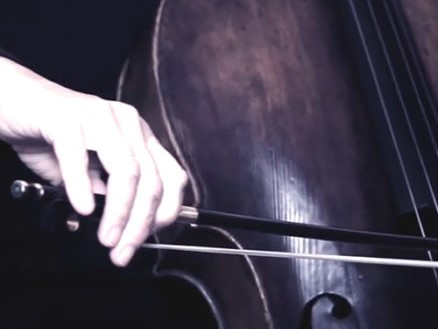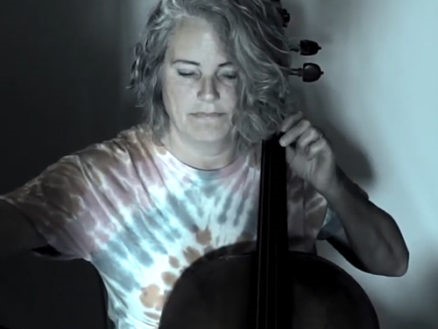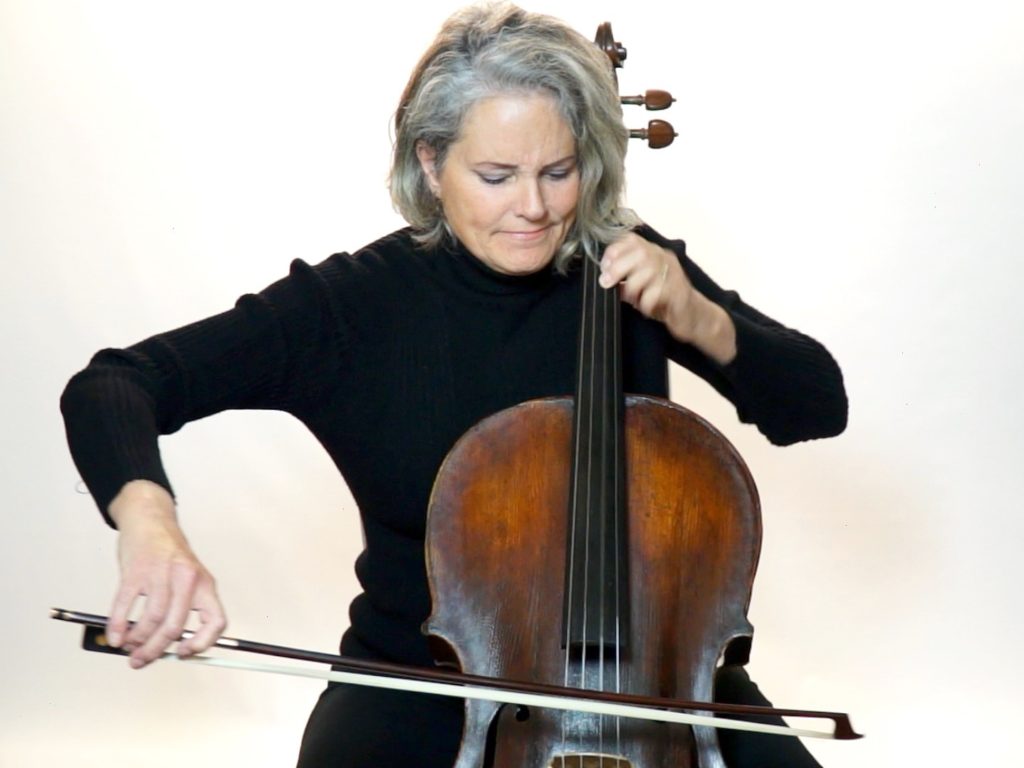The Tarantella by Squire is an exciting piece of music written for the intermediate level cellist.

“Tarantella” is ridiculously fun, intermediate-level cello work by William Squire. In some ways, learning the Tarantella is a bit of a rite-of-passage for developing cellists of all ages. It is an exciting, intense and well-composed piece of music, and this is why you should learn it!
First of all, who is William Squire?
William Henry Squire was a prolific writer of cello music. He lived a full 92 years from 1871 – 1963. One of Squire’s greatest legacies is a collection of student-level works for cello and piano which appear in string teaching methodologies all over the world, including those of the Associated Board of the Royal Schools of Music (known otherwise as simply, ABRSM). Probably his most well-loved compositions is the Tarantella for the cello.
What is a tarantella?
A tarantellla is a piece of music written in fast 6/8 time in the style of a rapid, twirling dance. Legend has it that once bitten by a tarantula, the victim would fall into a crazed fit and… eventually die. A tarantella is a dance to the death, so the tempo of this piece is fast and furious. The depiction of the manic dance should be lodged into performer’s head such that the music can imitate the wicked scenario of the deadly tarantula bite!

What cello technical skills will you use in the Tarantella?
If you’ve practiced drills and exercises focusing on shifting, long slurs, double stops and trills, you are at the point where you are ready to put all these advancing techniques together and make a go at learning the Tarantella. Squire writes in such a way where the student does not feel as if the music is drudgery – as etudes can often be. Rather it’s fun and systematic – written in such a way that the shifting, double-stops and slurs are logical and intuitive.
- Shifting: I love the way Squire incorporates shifts into the Tarantella. Once the hand moves to a new position, it stays there for a bit before moving to a new position. There isn’t a lot of far-reaching movement and the shifting is done with blocked hand positioning so that most of the fingers are used in the new position before the hand retreats back to the first position.
Long slurs: Slurring 6-9 together at a time (of course in a fast tempo) is a recurring technique in this piece. Fortunately, minimal string crossings and step-wise notes accompany these slurs, making fast note changes easily do-able.
- Double-stops: The easiest type of double-stop to articulate are two adjacent open strings played simultaneously. The next easiest double-stops are those in which the upper note is stopped and the lower note is open. These are the double-stops most commonly used in the Tarantella. However, towards the end of the piece, the cellist must be able to perform two stopped-notes at a time. But in keeping with Breval’s pattern of intuitive playing / learning, the notes are relatively easy to articulate because they are barred (much like a guitarist would do). It is simplified by using only two adjacent notes on one string (and alternating between them) while maintaining the same note on the adjacent string.
- Chords: Three and four note chords are used in the Tarantella at the beginning, middle and end of the piece. It gives these sections a feeling of intensity and grandiose. And much in the same way Breval approaches the use of double-stops, he applies the same principle to chords. Only one or two notes of the chords are fingered (or stopped) notes with the remaining notes of the chords ringing as open strings. So chords in the Tarantella are more of a right-hand technique than a left-hand technique.
- Thumb Position: There is only one point in the Tarantella where the cellist needs to move into thumb position. Squire composed this section in such a way where the student simply plays a step-wise scale passage all the way up to the D an octave able middle C. Again, it is composed logically.
- Appeal Factor: One of the reasons students love this piece (other than it is quite fun to play) is that it sounds harder than it is! Tarantella is an audience pleaser, for sure. Because of Squire’s understanding of the cello he is able to compose music which is enjoyable to learn and perform, and keeps the audience thoroughly engaged in the performance.
What are you waiting for? Order your sheet music here and get ready to play this fun piece! (There is a full tutorial on this piece in Cello Discovery in addition to some fun play-along tracks!)



